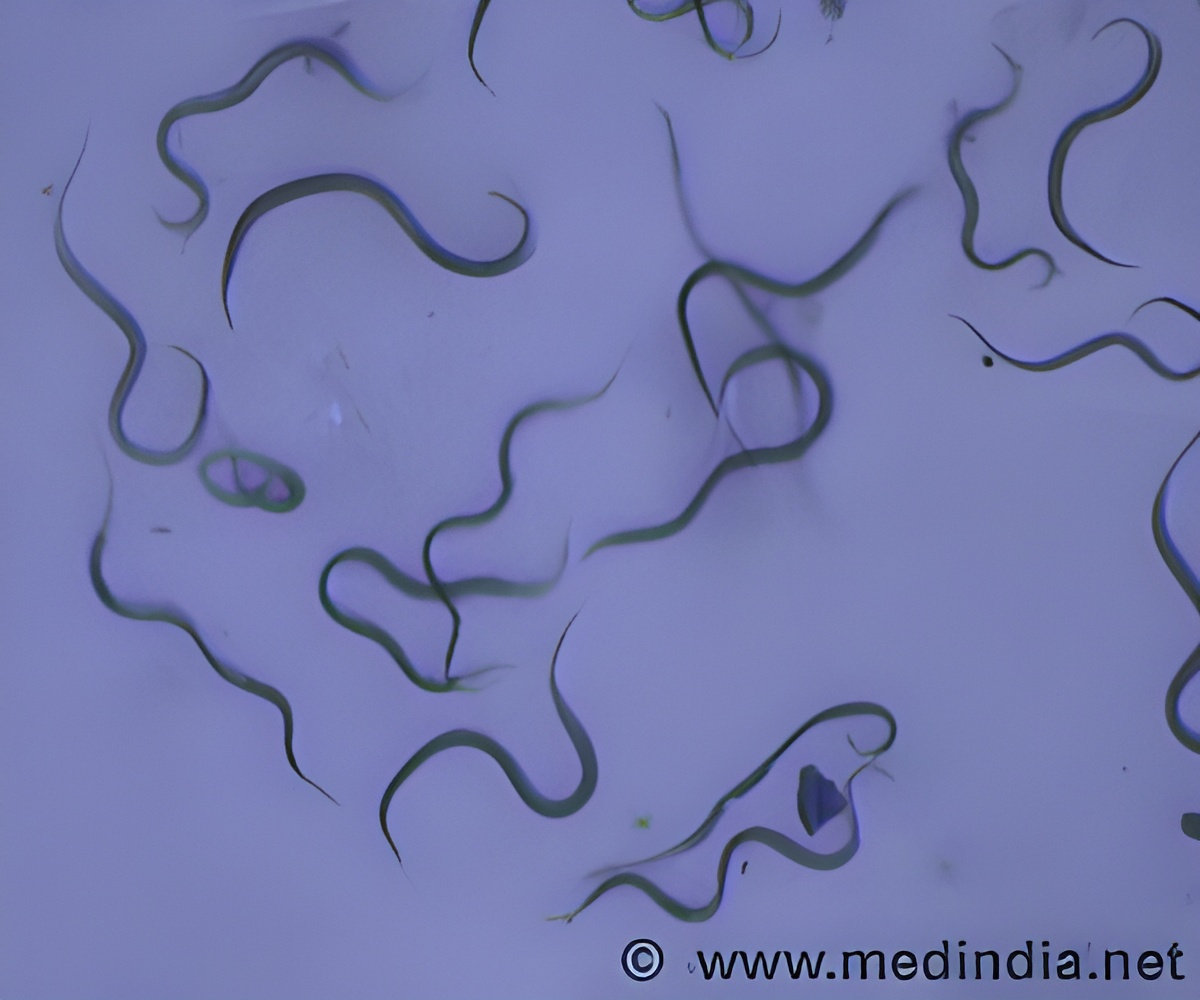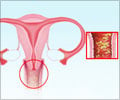
Scientists from Imperial College London, Harvard School of Public Health and the Wellcome Trust Sanger Institute studied two 'lineages' of the bacterium Streptococcus pneumoniae (known as pneumococcus), one of which is resistant to drugs. Pneumococcus is one of the major causes of pneumonia, meningitis and septicaemia; the World Health Organisation estimates that 1.1 million children under the age of five die each year of pneumonia alone. Using DNA sequences of bacteria strains collected over 36 years, Dr Mostowy and his colleagues were able to reconstruct an evolutionary tree for two 'lineages', mapping when new DNA had been taken on board and how the bacteria had evolved as a result. Although recombination has always been thought of as a uniform process, the models showed two distinct types of recombination – dubbed micro and macro.In 'micro-recombination', the bacteria regularly incorporate small amounts of DNA that make little difference to their genome.
Although 'macro-recombination' takes place less frequently, it involves the bacteria taking on large amounts of DNA which make a significant change to the genome. It is this second process which the scientists believe enables the bacteria to change their appearance to evade vaccines or potentially take on resistance to drug treatments. The scientists found that recombination took place frequently in the evolution of the more resistant lineage they studied, and less frequently in the less resistant lineage. However, it was clear from the sequencing data that both strains had undergone micro- and macro-recombination. "This is a major step forward in our understanding of how recombination can result in bacteria evading vaccines and acquiring resistance to antibiotics," says Dr Mostowy. "Currently we have effective means of preventing and treating pneumococcal disease, but it's not clear how bacteria will respond in the long term."
Dr Nick Croucher, joint first author on the study, from Imperial's School of Public Health, adds "This work shows that pneumococci can undergo potentially clinically important changes very quickly. Fortunately, whole genome sequencing, the technology that made this discovery possible, also holds great promise as a means of monitoring the emergence of these mutants in the future.". Professor Christophe Fraser, also from the School of Public Health at Imperial and senior author of the study, says: "As well as being important for public health, recombination in bacteria is biologically fascinating; the evolutionary purpose of absorbing DNA from dead and possibly only loosely related bacteria is mysterious. Bacteria have been doing this for a long time, much longer than we have had antibiotics or vaccines, and we don't have a convincing explanation for why this happens. By looking at the process using genomics, we can see that this process has two distinct modes, and we hope to test different evolutionary models against these new data." The researchers are now looking at whether the two types of recombination they've identified are unique to pneumococcus or can be found in other bacteria.
Source-Eurekalert









